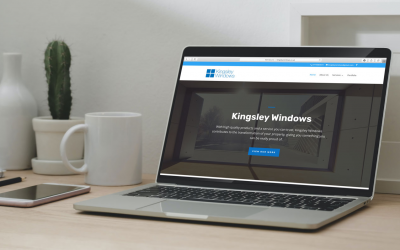Google Analytics used to scare the living day lights out of me, I won’t lie. For new business owners, picking up a website is quick and easy, but figuring out the fundamentals of Google, Search Engine Marketing and Google Analytics is a whole other ball game.
Some people make a living out of interpreting analytics for others and helping them use it to make business decisions with.
There are lots of insights that you can take from a basic understanding of the tool itself, so this blog will just provide a quick guide to Google Analytics.
Let’s go through the headlines.
Home
This provides you with a dashboard of all sorts of metrics. What GA believes to be the key ones, all in one location. It also shows you how many people are live on your site right now!
Customization
Customization allows you to dabble with how you view your data. Create your own dashboards, reports and alerts to be able to manipulate your data in a way that suits you.
Realtime
This does what it says on the tin. Provides a realtime view of traffic on your website. The insights will allow you to see what website content is working for you and what people are looking at. If you wanted to view the effectiveness of a TV ad campaign for example, you would be able to see a direct correlation between the two as you would expect visits to increase following an advert.
Audience
This taps into your visitors. With tab breakdowns of their demographics, their browsing interests, what they do while on your site, what technology they use and the flow of their browsing activity from entrance to exit. Data on your audiences’ interests is invaluable, for example if you are a jewellery retailer who’s audience interested in health and wellbeing or environmental issues, their marketing content could cover those subjects and indirectly influence their audience on a different level.
Acquisition
This is telling you where your audience is coming from. Is it coming from a Google Ad, is it direct traffic or is it coming from search? Which social platform is performing the best for you? What pages are people landing on when they arrive.
Behaviour
This tells you what your audience is doing while they are on your website. Where they land, which page they navigate to and then leave on. You can monitor your ‘Events’ which could be something like someone filling out a contact form or an order and you can see which of your content is the most and least popular.
Conversions
The word ‘Conversions’ relates to converting a visit into something. This section allows you to set ‘Goals’ that allow you to monitor an action that occurs on your website. So for example a contact form filling in, downloading a paper, placing an order, subscribing to your website blog. You can set these up as goals and then GA will let you know when they happen.
The ecommerce function allows you to monitor which of your products are performing the best, the obvious benefit of this is that you can focus on providing your customers with more of them or boost the least popular products with special offers.
In Summary
The more visitors you have on your site, the more data you have, the better the insights will be. Being able to use these insights to not only guide your marketing activity but also report on the success/failure of it, just means that you’re not going to be wasting your valuable time doing something that is not working for you. So always keep one eye on the data!


